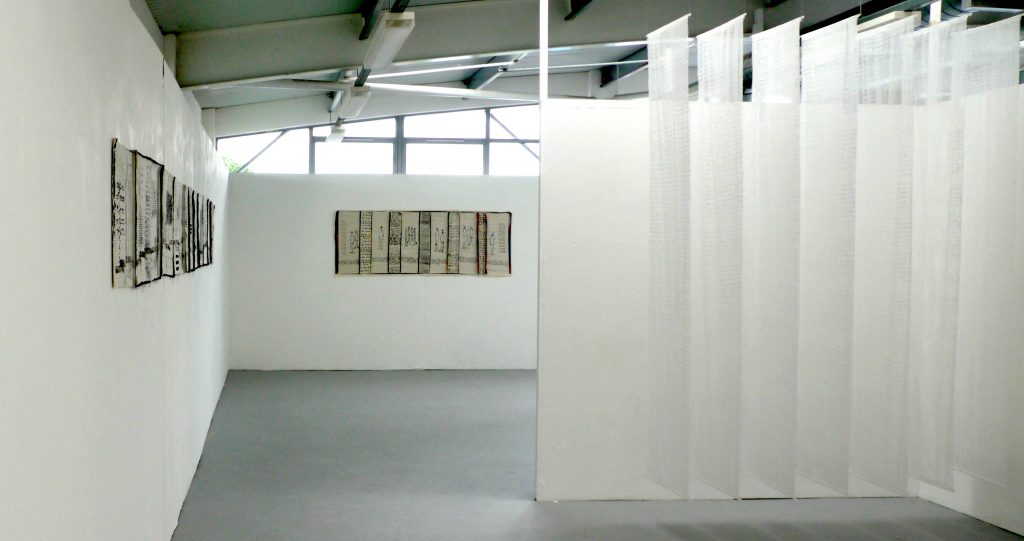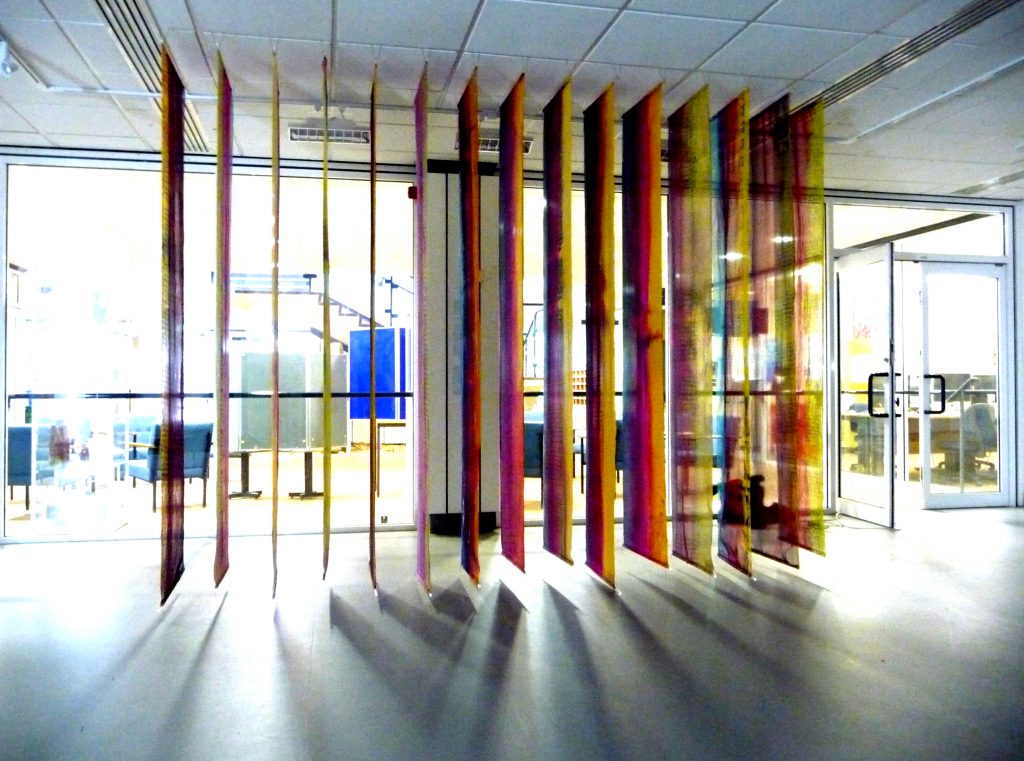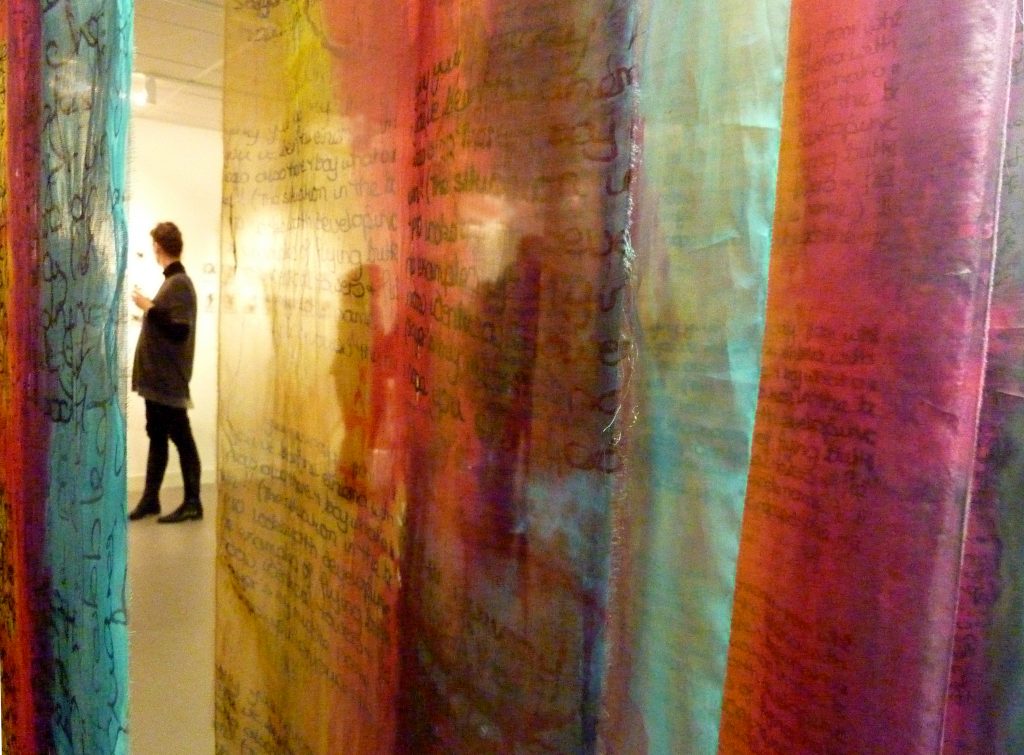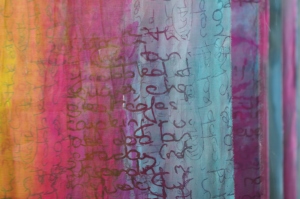Susan Chapman
welcome to all that is happening around me
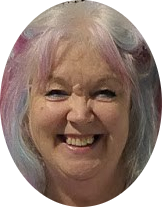

I have just completed a year studying on ‘Studio Practice’ finishing July 2025, more learning, making paints and pastels, and foraging for pigment… a series of focussed crits has brought me so much confidence in my work and am excited to go forward and finally produce work that i have a passion about. the course finished with an in house exhibition and a professional photo session.. the results of which will soon be here.
Now considering joining the mentoring on tour year, watch this space
I completed ‘Defining Practice’ at Newlyn School of Art in 2023/2024. I started with the work on my failing hands ..
I have learnt so much about painting, my father was a painter and I have always aspired to learning from him. Sadly he died before we had the chance.. but the 4th session of this course saw my first attempts with oil painting, combined with portraiture!

This the 3rd session of 6 saw me at the boatyard in Newlyn Harbour.. Taking photographs , focussing on holes, and found objects…I feel as though I finally have control of my camera phone now.. I did some Cyanotype of the objects and plan to work into them, tinting and drawing into them… The holes are being progressed by cutting and stitching and painting holes in canvas..
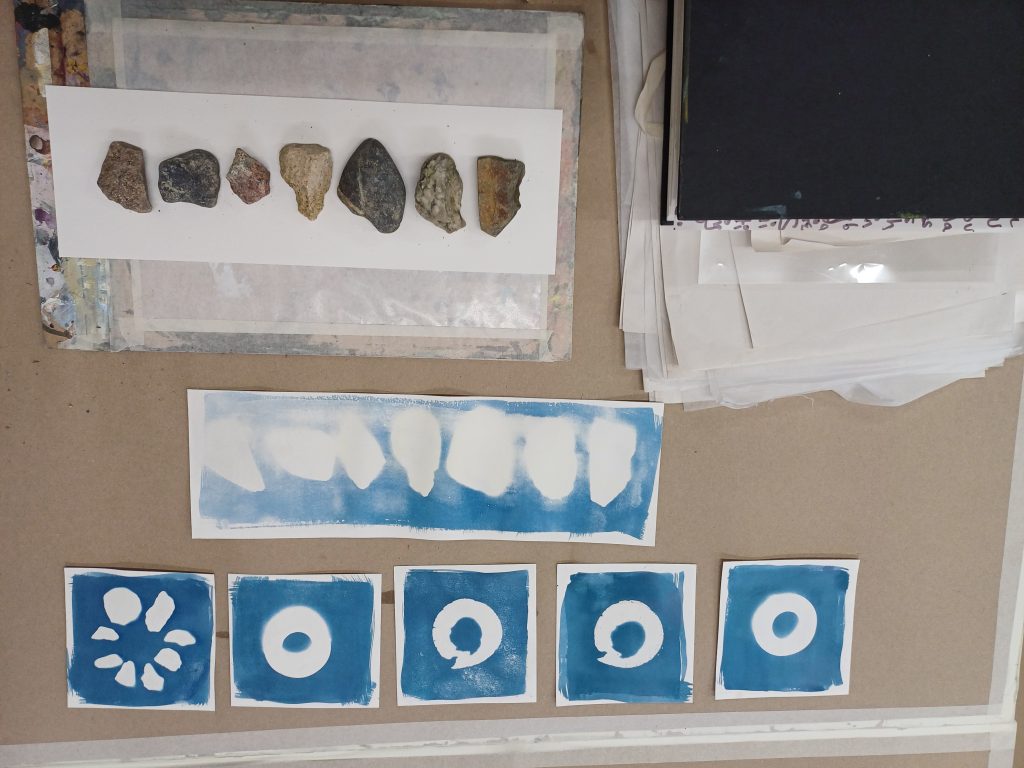
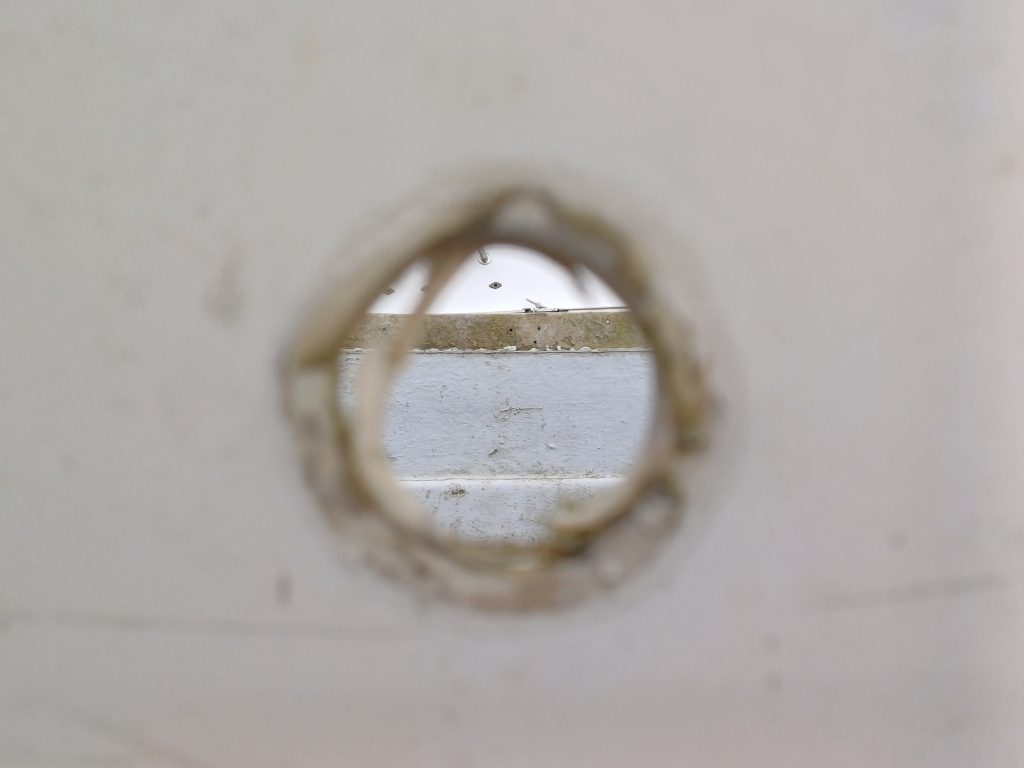
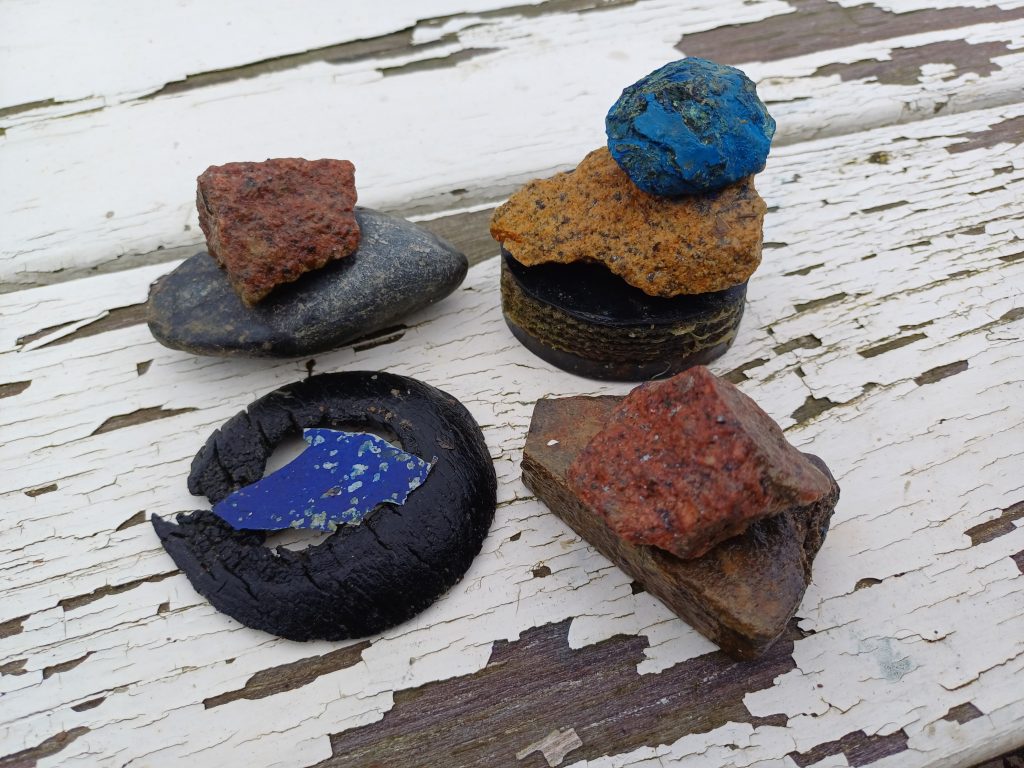
My current work is concerned with my own ageing , my hands are failing me, making hand work quite difficult…the images below are part of the work for ‘Shifting Boundaries’ an exhibition with a group Studio21 at South Hill Park , Bracknell May 2024
Collograph Prints of my Hands
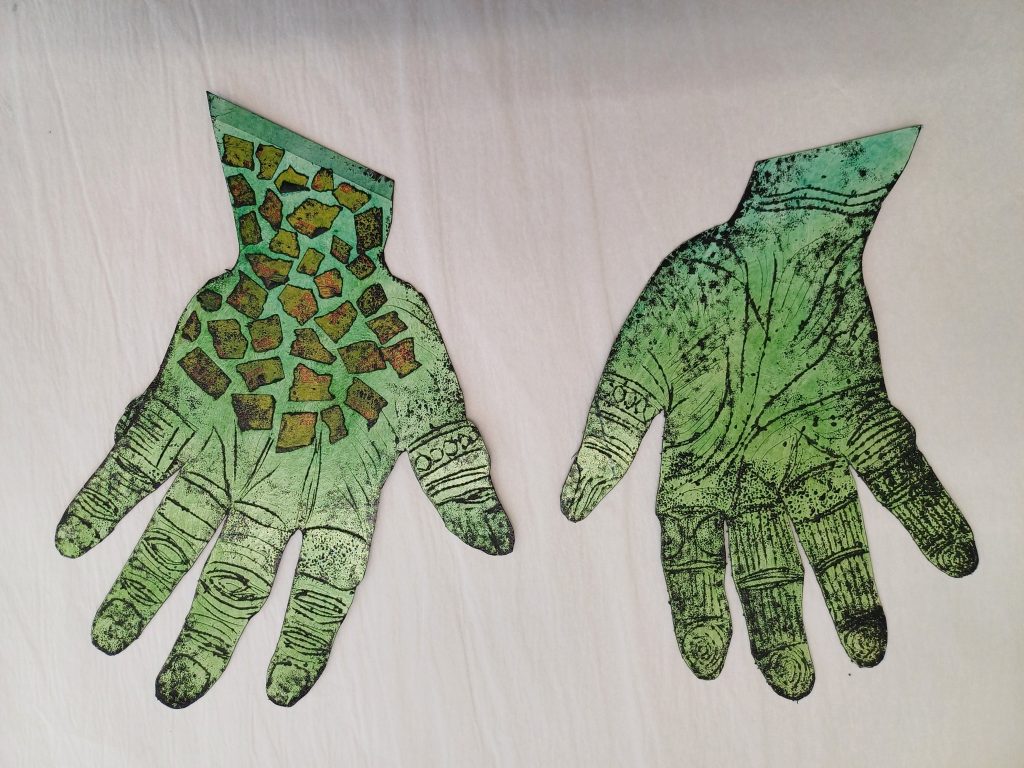
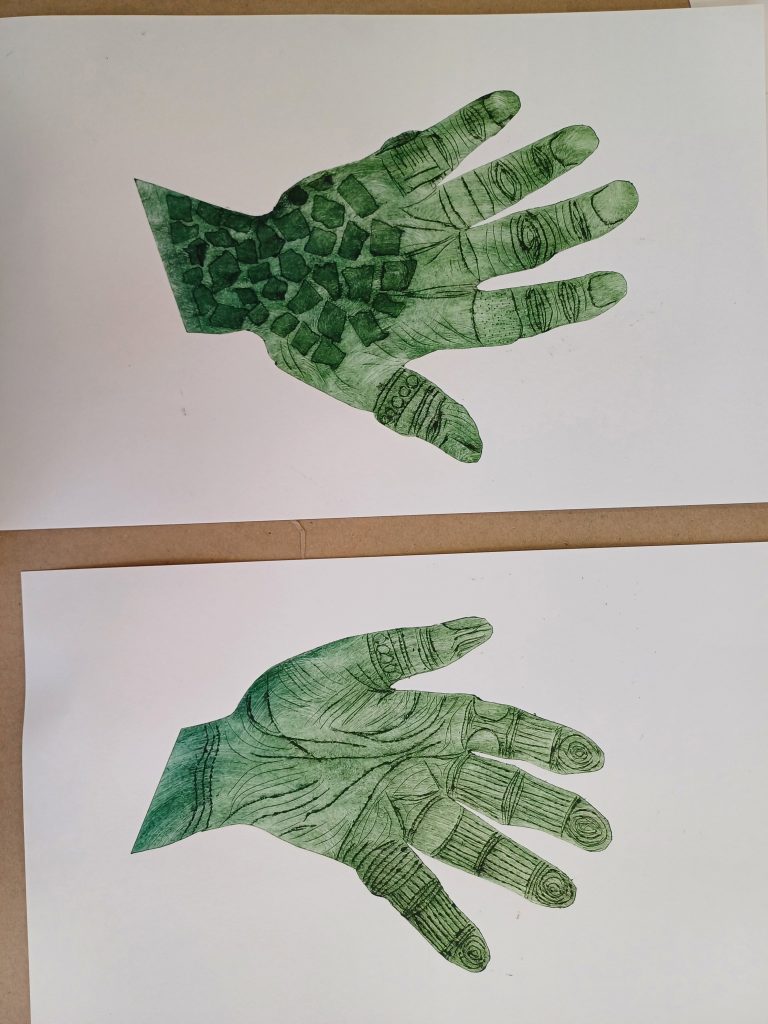
Fading Hands
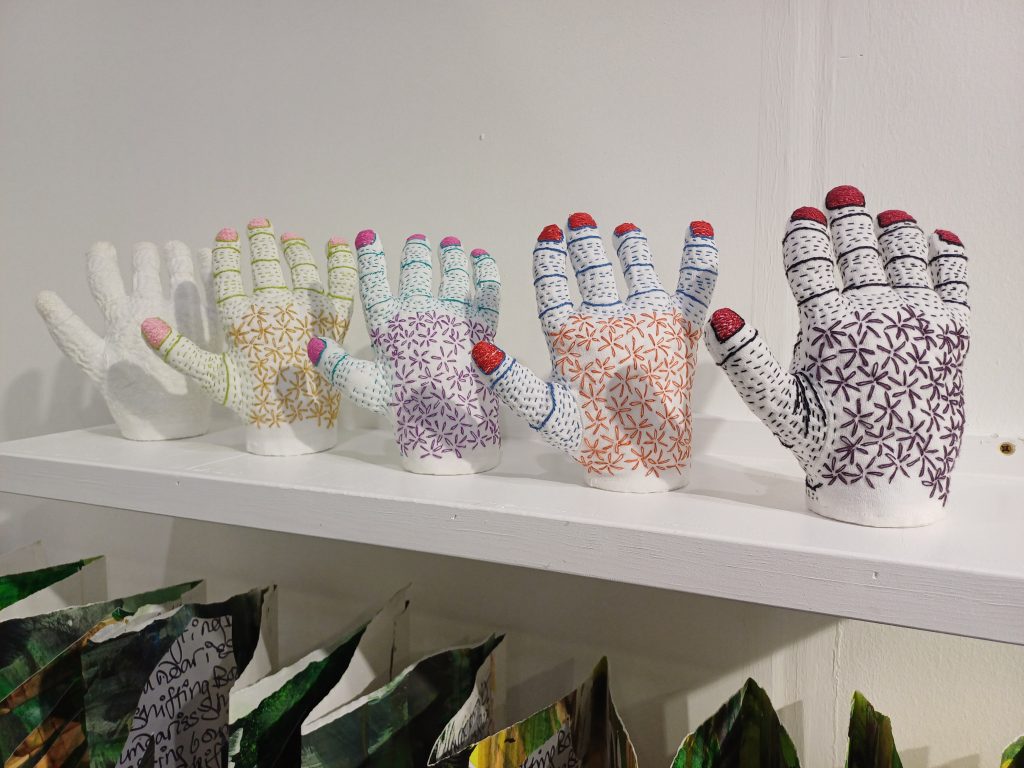
Camouflaged Hands Zigzag Book
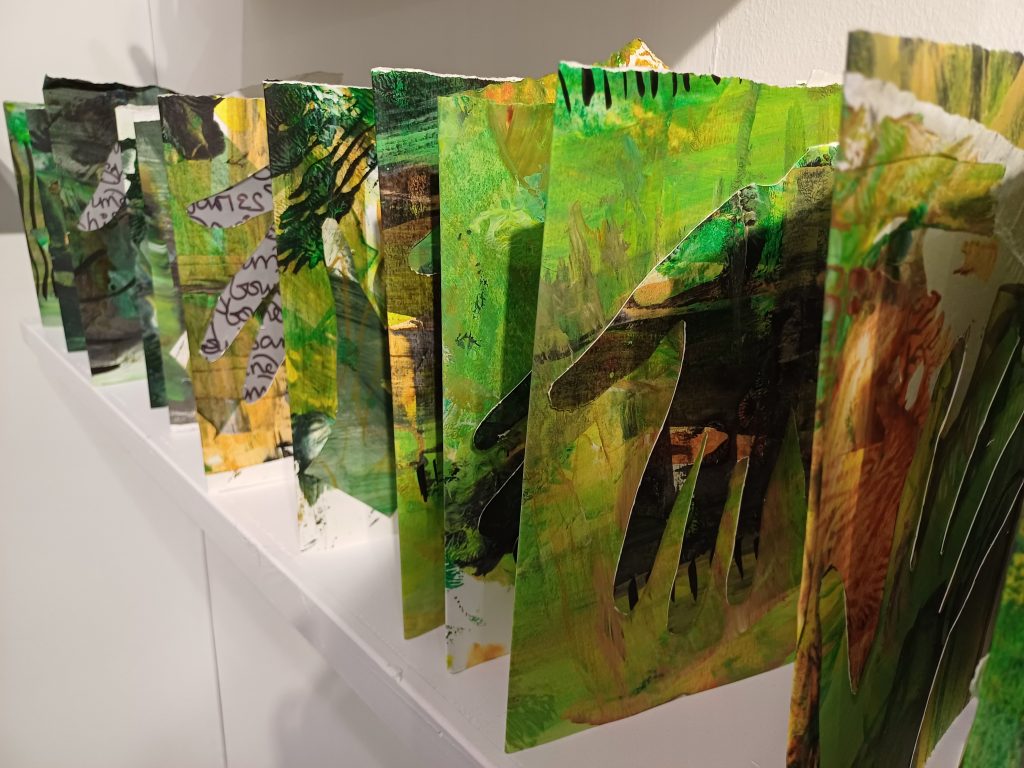
I work with textiles, I feel that the selecting, printing and dyeing, and stitching of fabrics help me to communicate my feeling, concern and observation of modern society. The quality of the fabrics that I use is of the utmost importance, the nature of the weave gives texture, and the feel and handle of cloth evokes a significance from every stage of life.
Dr Jessica Hemmings says in her introduction to the book from the Stroudwater Textile Festival
2010:
“Textiles are the first material to touch ourskin at birth and what many of us will lay upon at the moment of death.
Textiles are the material that covers our bodies every day of our lives; the material we rest between each night. It is the textile that is used to staunch the flow of blood from wounds and protect us against cold and wind and excessive light. They are quite literally an inescapable presence, trailing close behind air, water and food in our list of needs and wants.”
These words resonate with my own life experience and it feels natural to me to use the very fabric that is so integrated into all aspects of my life.
‘The Visitors’ this work is created from initial quick sketches of young people drifting into my gallery at Harrogate Knittng and Stitching Show.
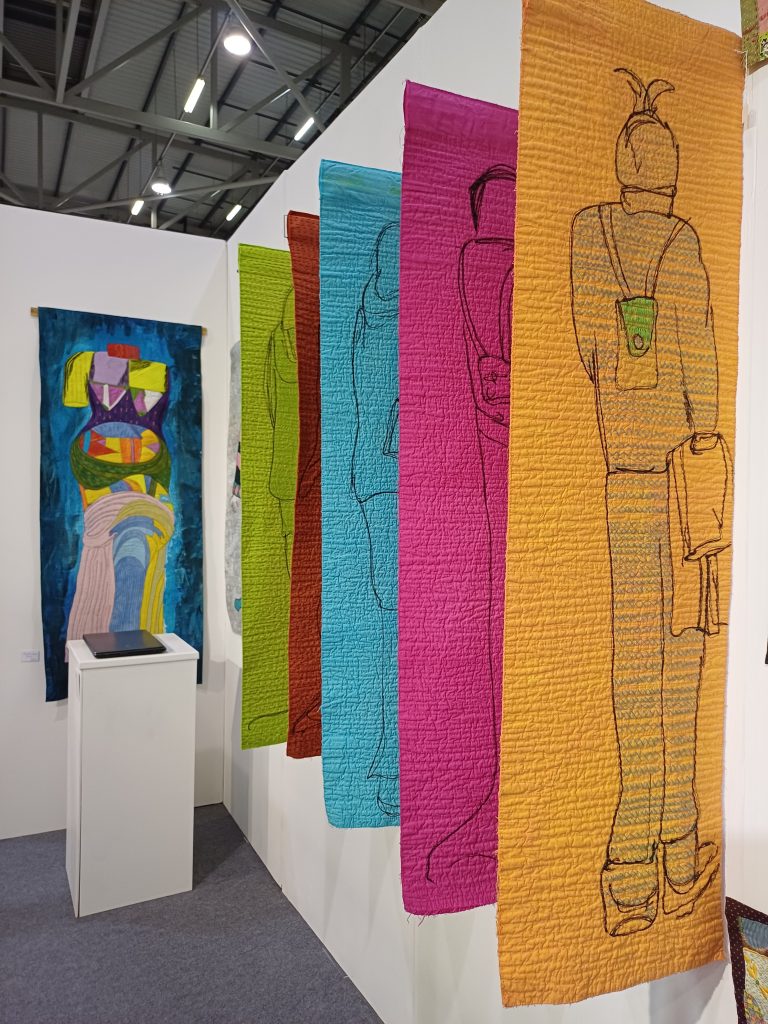
‘Not Invisible’ this work is a statement of being over 60, it is said we become invisible from that age onwards… there ladies prove otherwise
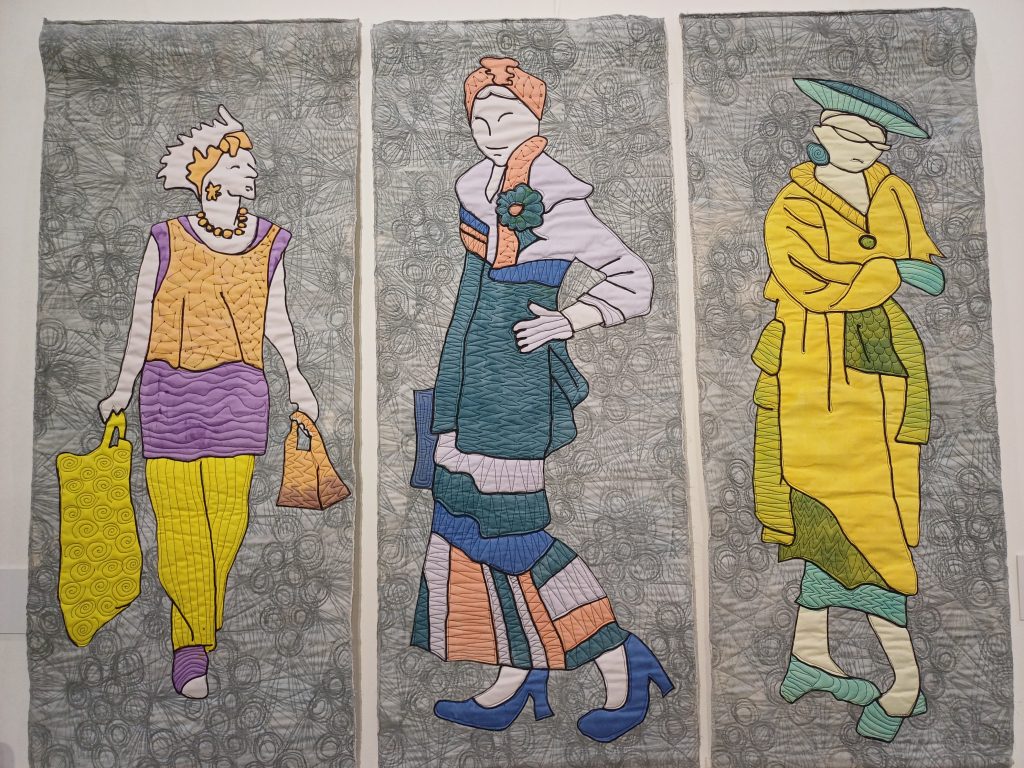
I am a people watcher and I am interested in how people relate to each other, and that has not changed throughout this development of my work. But, I am, at least temporarily, leaving the figurative work behind. My observations have led me to the opinion that the way life is heading in this modern society it is all too easy to become isolated on many levels. There is a distinct lack of personal communication, our conversations tend to be through electronic gadgets, texting , Facebook, Twitter and the like. Working from home, shopping on-line, ordering meals in, and even establishing relationships all seem to be conducted through the use of the internet.
Technology has now provided us with the means to communicate without putting pen to paper, and following the demise of the cheque book, we don’t even sign our name any more. Handwriting is such a personal identity, it is your mark and no one else will make that same mark. I have a collection of postcards that have been sent to me over the last fifty years, a simple form of communication. From these I have extracted blocks of
handwriting to create visual texture and imagery. I realise that imagery is important to me, and, while I have left the figurative work behind, the marks made by the written hand, satisfy that need. Every one of these written extracts acts as a metaphor for each person that put pen to paper to
communicate with me, and certainly they represent the passage of time, although the chronology is of no specific interest to me.
The pieces that made up ‘Looking Through Time’ were hung one in front of the other, with significant space between; seeing
through from the edges of these layers, a feeling of being able to look into time, with of course the obvious reference to reading through the pages of a book. There is no necessity to see all of the content all of the time, there is a hint of what lies within, just as our relationships with others and how we reveal ourselves to the world has a strong private element. I hope that this served to intrigue the viewer and caused them to stay and consider what might be concealed and maybe to create their own narrative.
Jette Clover was originally a journalist, loves being a city dweller and is drawn to walls with collages of torn posters, faded signs and scrawled graffiti. She looks for subtle traces of human presence, the marks left behind, from signs and symbols of ancient peoples to the rude and cryptic graffiti covering our cities today. The desire to let the world know ‘I Was Here’ She works with textile as a medium because of its tactile quality and also because it identifies so much with women’s history.
She says “Layers of cloth is related to layers of time, and the stitching signifies the marking of the passing of time, in and out in a similar rhythm as a pen across paper”
This comment brings me full circle to thoughts of the loss of personal communication over time, the rhythm and repetition of stitching and handwriting, expressed through the repetition of cloths, and concerns for the future of our sense of community, the potential isolation of individuals linked to each other through the sole use of technology.
However , this is merely an observation, I am not pessimistic about the future, each generation lives in its own time and accepts life as it is, while striving to develop the future. It is only when an observer from a previous generation notes the changes, that they become unsettled about the future. In fact, this body of work has only come about in this form because I was able to scan the original postcards into my computer, enhance the text with photoshop to create a black and white image without grayed areas, to enable me to use thermofax technology to produce a silkscreen for me to replicate imagery throughout. The fabric is produced using technological processes as are the dyes produced to be consistent in use. So i am not denouncing the use of technology, just expressing frustration at the social impact of it on our lives.
